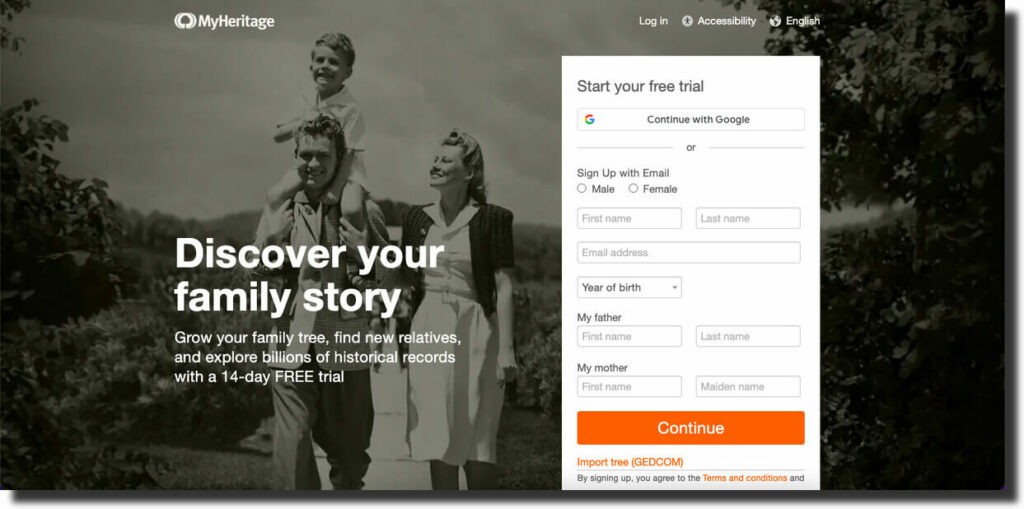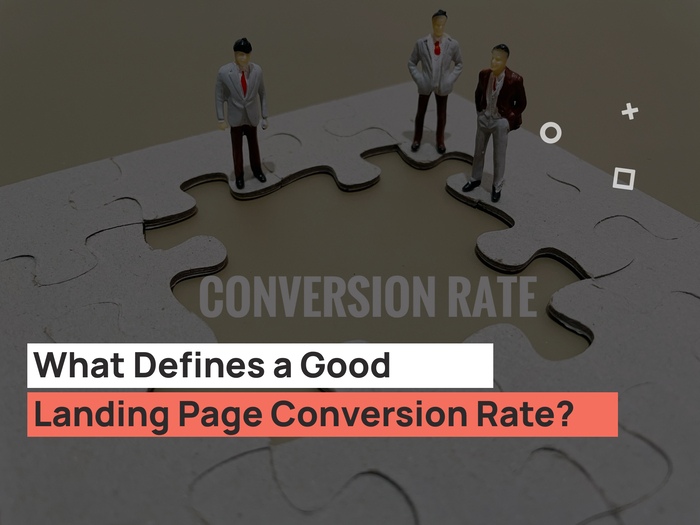Are you interested in boosting your engagement and enhancing your overall sales? Look no further, as interactive marketing is the solution!
Interactive marketing is a dynamic method of marketing and advertising that empowers consumers to actively connect with brands. This interaction typically takes place through digital marketing platforms like email, surveys, chatbots, and social media.
Curious about how to adopt this innovative marketing approach and explore the latest interactive content concepts?
Let’s delve into it!
What Is Interactive Marketing?
Interactive marketing is the art of fostering a dynamic two-way conversation between customers and a company, wherein customers freely express their opinions, preferences, and choices regarding a product or service. This valuable feedback loop empowers marketers to refine and enhance their offerings.
To effectively execute an interactive marketing strategy, marketers need the right tools and cutting-edge technology, such as a comprehensive 360-degree view of their customers.

The Essence of Marketing
Marketing encompasses the strategic steps aimed at piquing people’s interest in your company’s offerings. This intricate process unfolds through the lenses of market research, thorough analysis, and a deep comprehension of the preferences of your ideal clientele. It spans across various facets of a business, extending its influence to product innovation, distribution strategies, sales approaches, and promotional activities.
Interactive Marketing vs. Traditional Marketing
Interactive marketing represents a proactive approach, as marketers invest genuine effort in connecting with customers and gaining insights into their desires and preferences. In contrast, traditional marketing adheres to a more straightforward approach of direct selling.
Traditional marketing typically employs tactics focused on providing information and raising awareness among customers, often without delving into the deeper understanding of their actual needs.
Benefits of Interactive Marketing
| Increased Audience Engagement | Tactics like online quizzes, personalized content, and interactive videos offer fun, unique experiences that enhance audience loyalty and engagement. |
| Instant Feedback | Interactive marketing tools like quizzes and polls provide quick insights into audience opinions, helping to improve products, website navigation, and overall customer satisfaction. |
| Boosted Conversion Rates | Interactive marketing enables immediate customer purchases, such as through “purchase now” or “add to cart” buttons during digital ads and on websites. |
| Brand Awareness | Engaging with customers and incorporating their feedback not only enhances product quality but also draws in new customers, increasing brand awareness and potential customer base. |
Types of Interactive Marketing
Interactive Video
Interactive videos represent an innovative approach in marketing strategies, effectively blending informative or entertaining content with direct audience engagement. Modern marketers are leveraging this tool by embedding Call-to-Actions (CTAs) within the videos, encouraging viewers to subscribe or actively engage in ongoing discussions. This interactive element transforms passive viewing into a dynamic experience.
Furthermore, some interactive videos elevate viewer involvement by incorporating features such as clickable multiple-choice questions directly within the video interface. This not only increases engagement but also offers valuable insights into viewer preferences and behaviors.
Another emerging trend in this realm is the use of immersive video formats. By utilizing 360-degree videos, marketers are able to transport viewers into vivid landscapes or virtual environments, providing a deeply engaging and memorable experience. This immersive technique not only captivates the audience but also enhances the emotional connection with the content, leading to higher levels of engagement and potential impact on viewer decision-making.
Games
Games are a highly effective form of interactive marketing, offering a unique avenue to captivate and retain your audience’s interest. Infusing these games with enjoyable elements is crucial, ensuring that they remain light-hearted and entertaining rather than tense or overly competitive. The ultimate goal of such games should be to provide a relaxing and enjoyable experience for your customers, fostering a positive brand interaction.
By designing games that prioritize amusement and engagement, businesses can create memorable experiences that not only attract but also retain their customers’ attention. Games not only offer entertainment but also open the door to increased brand awareness and customer engagement, making them a valuable tool.
Interactive storytelling
Interactive storytelling represents a compelling approach in marketing, particularly effective in maintaining reader engagement with long-form content. This strategy addresses the challenge of reader fatigue by integrating various multimedia elements into the narrative, making the experience more dynamic and captivating.
Key elements of interactive storytelling include the use of infographics, GIFs, embedded videos, clickable maps, and interactive charts. These visual aids serve to not only break up lengthy text passages but also provide a more immersive and engaging experience for the reader. By incorporating these elements, marketers can convey complex information in a more digestible and visually appealing manner.
The use of infographics, for instance, allows for the simplification of complex data into easily understandable visual representations. GIFs and videos add a dynamic element to the content, capturing attention and conveying messages in a more relatable and memorable way. Clickable maps and interactive charts invite the audience to engage directly with the content, offering a more personalized and interactive experience.
Quizzes, surveys, and polls
Quizzes, surveys, and polls have emerged as highly effective interactive marketing tools, offering a fun and engaging way for visitors to interact with websites and social media platforms. These tools are versatile and can be tailored to virtually any topic, making them suitable for a wide range of industries and interests.
Beyond entertainment, quizzes and polls are also widely used in sectors like travel, real estate, and interior design. In these contexts, they serve not only as engagement tools but also as means to gather valuable insights about consumer preferences and tendencies.
In the realm of social media marketing, these interactive elements are particularly potent. They encourage user participation, often prompting users to share their results or opinions with their network, thus amplifying the brand’s visibility and engagement. Additionally, the data collected from these interactions can be invaluable for marketers in understanding their audience better and tailoring their strategies accordingly.
Calculators
Interactive calculators stand out as a pragmatic and valuable tool in the realm of interactive marketing, particularly for organizations aiming to present data in a user-friendly and applicable manner. Despite their seemingly straightforward nature, calculators offer significant utility and engagement potential.
These calculators are especially relevant in industries where financial or quantitative assessments are vital. For instance, in the real estate sector, mortgage calculators have become almost indispensable. Prospective homebuyers frequently use these tools to obtain an approximate calculation of their monthly mortgage payments, based on variables like loan amount, interest rate, and loan term.

This not only aids them in making informed financial decisions but also enhances their engagement with the real estate website, building trust and reliance on the provided services.
Tip: Ensure that any calculator you use is professionally developed to maximize its effectiveness in engaging your audience and providing valuable insights. To create a customized interactive calculator for your business, consider professional web development services. This will help you make complex calculations simple and effective for your users.
Personalized content
Personalized content is a cornerstone of modern interactive marketing, offering a tailored experience that resonates deeply with individual customers. This strategy goes beyond generic messaging, employing a more direct and personal approach that often feels like a one-on-one conversation.
The use of a customer’s name in emails is a simple yet effective example of personalization. It transforms a standard marketing message into a seemingly personal note, enhancing the customer’s engagement and connection with the brand. This level of personalization extends to various other forms, such as curating specific ads based on individual customer needs, preferences, or past behaviors. Such targeted advertising ensures that the content is relevant to the user, thereby increasing the likelihood of engagement and conversion.
A prime example of personalized marketing in action is the strategy of addressing cart abandonment. When a customer adds an item to their online shopping cart but does not complete the purchase, many e-commerce platforms automatically send a reminder email about the item.
This tactic not only serves as a nudge to the customer to complete their purchase but also demonstrates the brand’s attention to individual customer actions, thereby enhancing the perception of a personalized shopping experience.
Examples Of Interactive Marketing
Starbucks User Generated Content Strategy

As one of the greatest interactive marketing examples, Starbucks effectively utilized UGC strategy a few years ago with their #WhiteCupContest. They encouraged customers to showcase their creativity by doodling on plain white Starbucks paper cups. The winning designs were then featured on limited edition reusable white cups. This campaign garnered participation from over 4,000 individuals, demonstrating the effectiveness of UGC in promoting brand engagement.
Nike Interactive installations Strategy
This innovative installation transformed a running track into a captivating experience by lining it with LED screens. Conceived as a pivotal component of Nike’s broader “Unlimited” campaign, the primary objective was to instill inspiration within customers, encouraging them to push their boundaries and simultaneously accentuating Nike’s leadership in footwear innovation.
This interactive installation brilliantly merged the worlds of sports, technology, and marketing, leaving a lasting impression on participants while reinforcing Nike’s position as a trailblazer in athletic performance and innovation.
MyHeritage Personalized Experience Strategy

Each of us has a cherished individual we deeply long for, be it a parent, grandparent, close friend, or someone profoundly dear to us. MyHeritage ingeniously transformed this universal sentiment into a captivating interactive marketing endeavor.
They invite users to establish an account and share photographs of their beloved individuals. In return, these static images undergo a remarkable transformation into animated representations. Particularly for those who may have endured years without witnessing their loved ones in video format, this heartfelt and enduring encounter can be an exceptionally poignant and unforgettable experience.
Pokemon Day with Post Malone Interactive Concert Strategy
When you unite one of the world’s most renowned animated brands with an international music icon, you get a spectacular fusion that Pokémon expertly orchestrated to commemorate its twenty-fifth anniversary.
This wasn’t a mere video release; it was an entire live stream extravaganza, featuring the international superstar transformed into a cartoon character, sharing the stage with beloved digital creatures from the Pokémon universe. This innovative and interactive concert experience not only captivated the hearts of children but also transported adults back to a cherished part of their childhood.
It transformed a typical marketing endeavor into an unforgettable, must-watch event that celebrated the brand’s legacy while embracing the excitement of the future. This collaborative and interactive marketing approach brilliantly showcased the timeless appeal of Pokémon and its ability to create magical moments for fans of all ages.
Conclusion
In conclusion, interactive marketing represents a dynamic and engaging approach to connecting with your audience in the digital age. While challenges may arise along the way, the advantages it brings to the table far outweigh the disadvantages. The key lies in addressing these challenges proactively, armed with the right strategy, a well-thought-out approach, and diligent research.
By harnessing the power of interactive marketing, businesses can forge stronger connections with their customers, foster brand loyalty, and create memorable experiences. It’s a style of marketing that not only adapts to the ever-evolving digital landscape but also thrives in it. So, embrace the interactive marketing revolution, overcome obstacles with determination, and unlock the full potential of this incredible marketing style to propel your brand towards greater success.
Need help integrating interactive strategies into your digital presence? UPQODE services can make your brand unforgettable. We’re here to assist you professionally.



